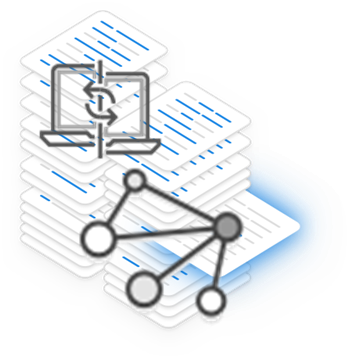IoT and the Changing Face of Healthcare
- IoT
- Competitive Differentiation
Publication | Update: Jan 2020
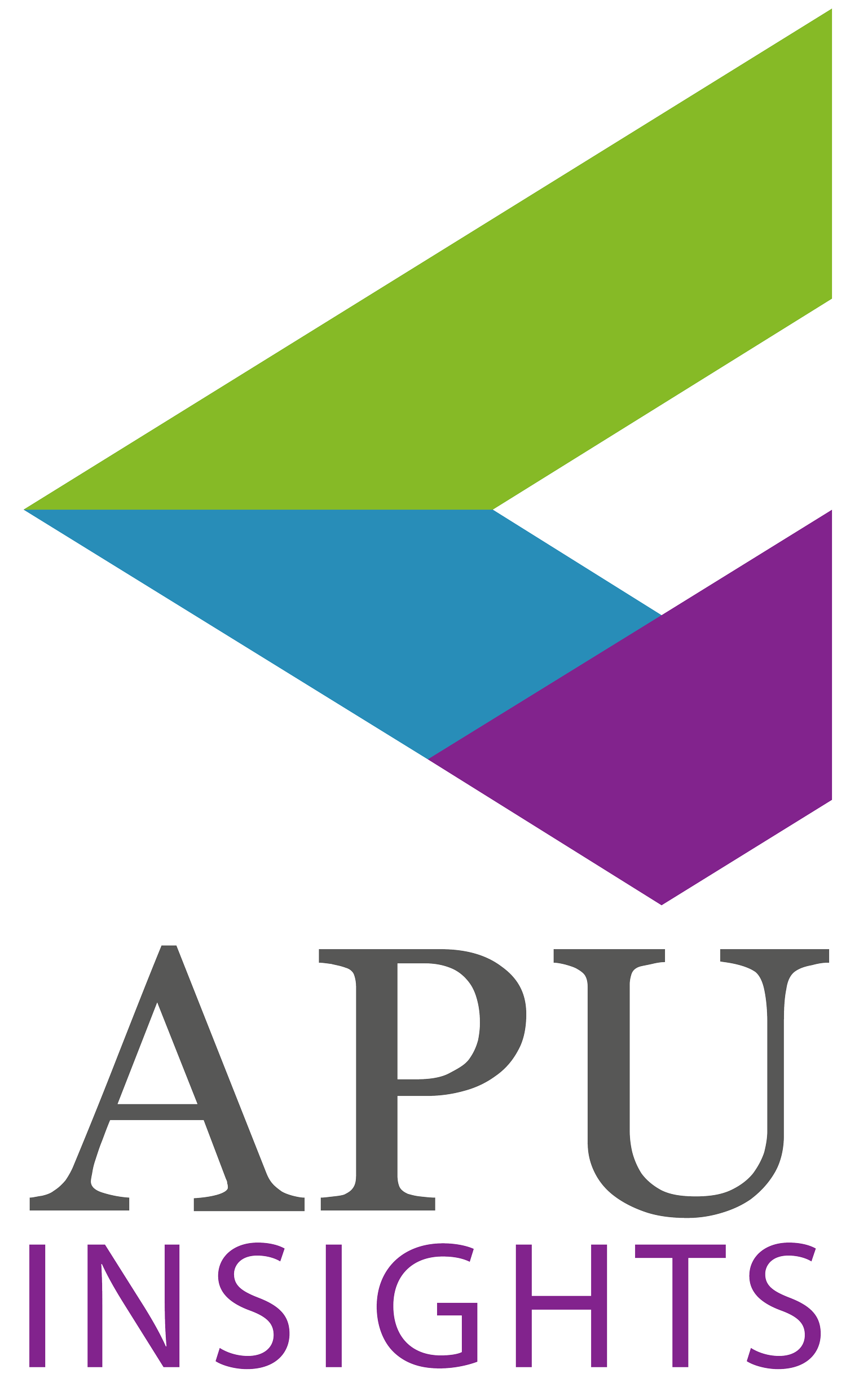
Using IoT in Healthcare
IoT apps have been widely accepted as a way of monitoring safety personally. Figures show that there are 23.2 million Fitbit users who are currently wearing devices that collect data regularly, including the number of steps taken, the length of time the wearer has slept, and their rest and active heart rate. After collecting data, data is then uploaded to secure the cloud server where immediate access is given to the user.
It is the strength of Fitbits-like wristbands that the healthcare sector has started to harness. Nonetheless, in order to implement the technology effectively and make it fully available, medical practitioners recommend that there must be a standardization aspect through the early stages of implementation, which should enable better scalability and affordability in the long term.
The now-prominent use of Big Data in the healthcare industry is combined with this IoT transformation. With the detection of disease outbreaks, diagnosis of chronic conditions, treatments for diseases such as cancer, and safe storage of electronic health records, there have been huge advances in its use over the past decade. Implemented outside of a hospital scenario, interconnected IoT devices are becoming more common, collecting and exchanging data using embedded sensors, as well as being able to speak directly to users. Facilitated as a diabetes coach to monitor glucose levels, check heart rates, and track patients with dementia, advanced technology in each device enables them to transmit signals directly to a hospital in emergency situations. When operated within a hospital, devices provide the increased ability to monitor the vital signs of a patient in real time. This can result in quicker diagnosis, quick execution of treatment plans, and more rapid discharge. The data collected is analyzed using machine learning algorithms before further evaluation along with a database of solutions collated from predictive analytical techniques, with the primary objective of assisting doctors in their diagnosis.
IoT tools and data gathering research were also implemented to aid in the treatment of newborn babies. The system is also being incorporated into NICU departments to assist with the treatment and care of premature babies by linking wirelessly wristbands worn by the mother and baby to the hospital network in order to keep both of them healthy. Following the introduction of IoT and Big Data to a medical situation, the next step should be to employ a data scientist with experience in managing massive unstructured databases and relying on non-conventional data management methods. This professional's primary goal is to recognize patterns and trends that run through the data that should assist with patient care when stored in a database. The use of Electronic Health Records is becoming more common and the knowledge provided by modern medicine is increasing, leading to better treatments. But for that to happen, it's data scientists who need to decipher the information.
IoT Architecture and Structure
In order to successfully integrate IoT in the healthcare industry, systems must be grouped around different network architectures to ensure any piece of technology is implemented and maintained at a high standard, leading to a zero-communication breakdown between the network and devices in principle.
Device management is the first aspect of the architecture to be introduced in relation to IoT. Usually falling within the remit of a Security and IT team member, ensuring that security protocols are followed during the implementation phase of new devices and preserved during their lifetime is the task of this person.
Infrastructure management is next on the architectural framework list. The speed at which equipment is connected is essential for how effectively implemented. Often overlapping with device management processes. Due to its computing limitations, multiple IoT devices are updated to boost their effectiveness by increasing their Cloud connection.
The main objective when adding IoT devices to a network is to use data control. This can be done favorably by technological incorporation of data management. Using the skills of a data scientist to leverage all of the data available, it offers the chance to uncover dark data, allowing for further insights and the positive upkeep of all collected data.
Risks and Security
The introduction of any new technology or tools in a new environment and many of those centers around protection is a risk factor. In the course of the IoT system implementation process, concerns will arise as to the safe storage of' information' data, how it can remain secure from cyber attacks and how networks can be built and monitored to avoid infringements.
It has become a common practice to recruit professionals with expertise to track large networks and technical infrastructure prior to the introduction of IoT tools, in particular in healthcare. Working alongside the Data Scientist, who will identify threats to a system, a DevOps engineer will have the know-how to develop, incorporate and update network security protocols, to stop threats and add an extra layer of protection to the collected data.
When the data obtained from IoT devices is connected to the network, it is compiled and stored in a hybrid cloud environment, which incorporates private cloud on-site servers and public cloud infrastructure such as AWS. Close devices to this infrastructure in which data can be safely stored ensure compliance with the safety protocols of the network and also allow data to be monitored continuously, as well as the network itself.
The data collected from each device, however, is not only a risk sensitive system but a primary objective for hackers who seek to infiltrate a healthcare system to get patient information. Preventing network breaches is a key part of the role of a DevOps engineers, and to ensure that data is kept completely safe from outside sources. From the first use of a device, engineers are able to enforce encryption on all collected information, which can then only be decrypted by a member of the data team.
Ultimately, furthering the use of the Internet of Things in the healthcare industry to improve treatment, develop cures and monitor health records, can only stand to improve performance overall. But in order to make the transformation successful, infrastructure and security should be the top priorities for providers looking to make the change.
https://www.comparethecloud.net/articles/healthcare-iot/
/reports/marketplace?Industries=8626EF1A-9F4D-6677-9B19-97756F8938F0
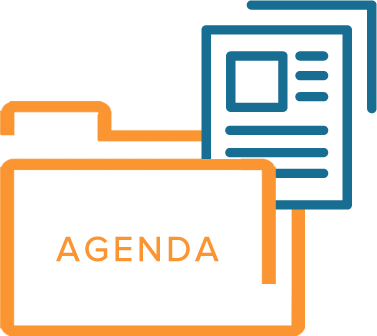 Digital Themes: IoT, Competitive Differentiation
Digital Themes: IoT, Competitive Differentiation

HTML
 Access Rights | Content Availability:
Access Rights | Content Availability: 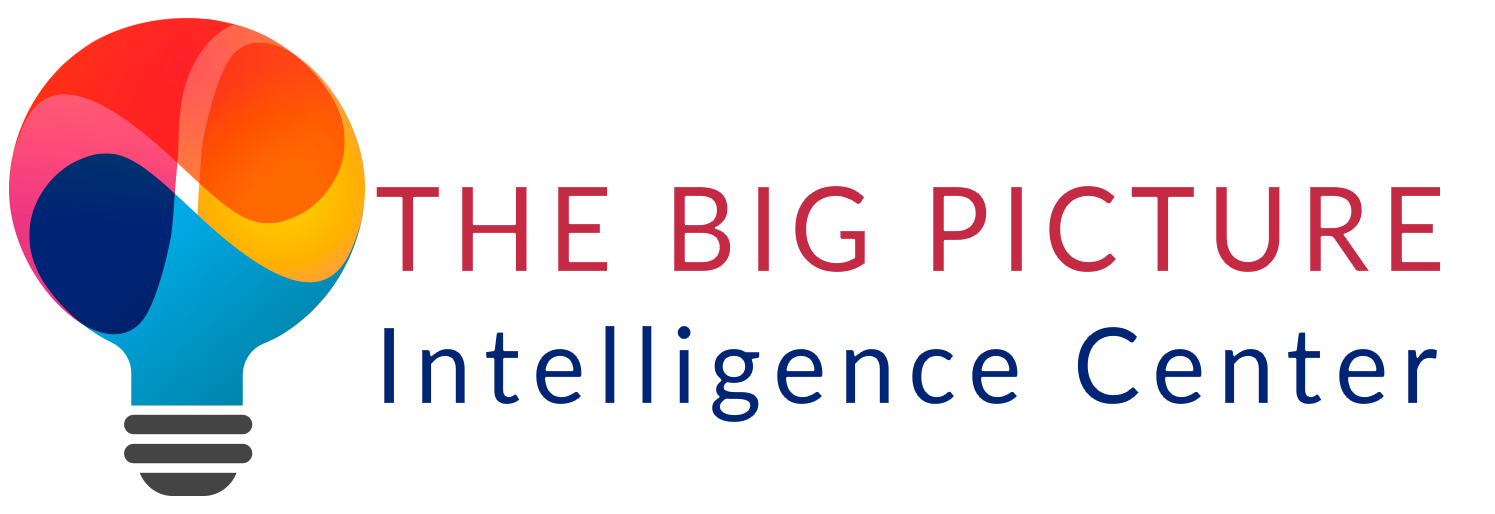
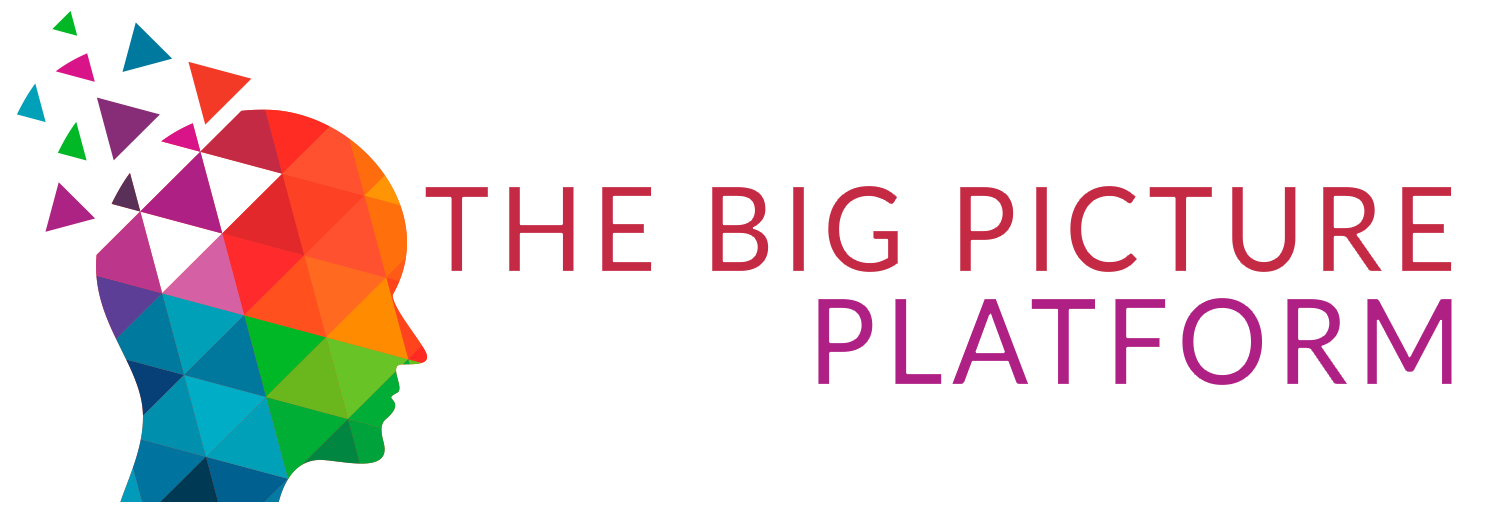
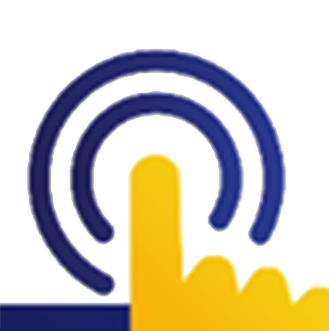
Objectives and Study Scope
This study has assimilated knowledge and insight from business and subject-matter experts, and from a broad spectrum of market initiatives. Building on this research, the objectives of this market research report is to provide actionable intelligence on opportunities alongside the market size of various segments, as well as fact-based information on key factors influencing the market- growth drivers, industry-specific challenges and other critical issues in terms of detailed analysis and impact.
The report in its entirety provides a comprehensive overview of the current global condition, as well as notable opportunities and challenges.
The analysis reflects market size, latest trends, growth drivers, threats, opportunities, as well as key market segments. The study addresses market dynamics in several geographic segments along with market analysis for the current market environment and future scenario over the forecast period.
The report also segments the market into various categories based on the product, end user, application, type, and region.
The report also studies various growth drivers and restraints impacting the market, plus a comprehensive market and vendor landscape in addition to a SWOT analysis of the key players.
This analysis also examines the competitive landscape within each market. Market factors are assessed by examining barriers to entry and market opportunities. Strategies adopted by key players including recent developments, new product launches, merger and acquisitions, and other insightful updates are provided.
Research Process & Methodology

We leverage extensive primary research, our contact database, knowledge of companies and industry relationships, patent and academic journal searches, and Institutes and University associate links to frame a strong visibility in the markets and technologies we cover.
We draw on available data sources and methods to profile developments. We use computerised data mining methods and analytical techniques, including cluster and regression modelling, to identify patterns from publicly available online information on enterprise web sites.
Historical, qualitative and quantitative information is obtained principally from confidential and proprietary sources, professional network, annual reports, investor relationship presentations, and expert interviews, about key factors, such as recent trends in industry performance and identify factors underlying those trends - drivers, restraints, opportunities, and challenges influencing the growth of the market, for both, the supply and demand sides.
In addition to our own desk research, various secondary sources, such as Hoovers, Dun & Bradstreet, Bloomberg BusinessWeek, Statista, are referred to identify key players in the industry, supply chain and market size, percentage shares, splits, and breakdowns into segments and subsegments with respect to individual growth trends, prospects, and contribution to the total market.
Research Portfolio Sources:
Global Business Reviews, Research Papers, Commentary & Strategy Reports
M&A and Risk Management | Regulation
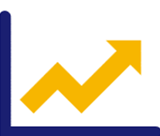
The future outlook “forecast” is based on a set of statistical methods such as regression analysis, industry specific drivers as well as analyst evaluations, as well as analysis of the trends that influence economic outcomes and business decision making.
The Global Economic Model is covering the political environment, the macroeconomic environment, market opportunities, policy towards free enterprise and competition, policy towards foreign investment, foreign trade and exchange controls, taxes,
financing, the labour market and infrastructure.
We aim update our market forecast to include the latest market developments and trends.
Review of independent forecasts for the main macroeconomic variables by the following organizations provide a holistic overview of the range of alternative opinions:
As a result, the reported forecasts derive from different forecasters and may not represent the view of any one forecaster over the whole of the forecast period. These projections provide an indication of what is, in our view most likely to happen, not what it will definitely happen.
Short- and medium-term forecasts are based on a “demand-side” forecasting framework, under the assumption that supply adjusts to meet demand either directly through changes in output or through the depletion of inventories.
Long-term projections rely on a supply-side framework, in which output is determined by the availability of labour and capital equipment and the growth in productivity.
Long-term growth prospects, are impacted by factors including the workforce capabilities, the openness of the economy to trade, the legal framework, fiscal policy, the degree of government regulation.
Direct contribution to GDP
The method for calculating the direct contribution of an industry to GDP, is to measure its ‘gross value added’ (GVA); that is, to calculate the difference between the industry’s total pretax revenue and its total boughtin costs (costs excluding wages and salaries).
Forecasts of GDP growth: GDP = CN+IN+GS+NEX
GDP growth estimates take into account:

Market Quantification
All relevant markets are quantified utilizing revenue figures for the forecast period. The Compound Annual Growth Rate (CAGR) within each segment is used to measure growth and to extrapolate data when figures are not publicly available.
Revenues
Our market segments reflect major categories and subcategories of the global market, followed by an analysis of statistical data covering national spending and international trade relations and patterns. Market values reflect revenues paid by the final customer / end user to vendors and service providers either directly or through distribution channels, excluding VAT. Local currencies are converted to USD using the yearly average exchange rates of local currencies to the USD for the respective year as provided by the IMF World Economic Outlook Database.
Industry Life Cycle Market Phase
Market phase is determined using factors in the Industry Life Cycle model. The adapted market phase definitions are as follows:
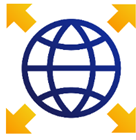
The Global Economic Model
The Global Economic Model brings together macroeconomic and sectoral forecasts for quantifying the key relationships.
The model is a hybrid statistical model that uses macroeconomic variables and inter-industry linkages to forecast sectoral output. The model is used to forecast not just output, but prices, wages, employment and investment. The principal variables driving the industry model are the components of final demand, which directly or indirectly determine the demand facing each industry. However, other macroeconomic assumptions — in particular exchange rates, as well as world commodity prices — also enter into the equation, as well as other industry specific factors that have been or are expected to impact.
Forecasts of GDP growth per capita based on these factors can then be combined with demographic projections to give forecasts for overall GDP growth.
Wherever possible, publicly available data from official sources are used for the latest available year. Qualitative indicators are normalised (on the basis of: Normalised x = (x - Min(x)) / (Max(x) - Min(x)) where Min(x) and Max(x) are, the lowest and highest values for any given indicator respectively) and then aggregated across categories to enable an overall comparison. The normalised value is then transformed into a positive number on a scale of 0 to 100. The weighting assigned to each indicator can be changed to reflect different assumptions about their relative importance.

The principal explanatory variable in each industry’s output equation is the Total Demand variable, encompassing exogenous macroeconomic assumptions, consumer spending and investment, and intermediate demand for goods and services by sectors of the economy for use as inputs in the production of their own goods and services.
Elasticities
Elasticity measures the response of one economic variable to a change in another economic variable, whether the good or service is demanded as an input into a final product or whether it is the final product, and provides insight into the proportional impact of different economic actions and policy decisions.
Demand elasticities measure the change in the quantity demanded of a particular good or service as a result of changes to other economic variables, such as its own price, the price of competing or complementary goods and services, income levels, taxes.
Demand elasticities can be influenced by several factors. Each of these factors, along with the specific characteristics of the product, will interact to determine its overall responsiveness of demand to changes in prices and incomes.
The individual characteristics of a good or service will have an impact, but there are also a number of general factors that will typically affect the sensitivity of demand, such as the availability of substitutes, whereby the elasticity is typically higher the greater the number of available substitutes, as consumers can easily switch between different products.
The degree of necessity. Luxury products and habit forming ones, typically have a higher elasticity.
Proportion of the budget consumed by the item. Products that consume a large portion of the
consumer’s budget tend to have greater elasticity.
Elasticities tend to be greater over the long run because consumers have more time to adjust their behaviour.
Finally, if the product or service is an input into a final product then the price elasticity will depend on the price elasticity of the final product, its cost share in the production costs, and the availability of substitutes for that good or service.
Prices
Prices are also forecast using an input-output framework. Input costs have two components; labour costs are driven by wages, while intermediate costs are computed as an input-output weighted aggregate of input sectors’ prices. Employment is a function of output and real sectoral wages, that are forecast as a function of whole economy growth in wages. Investment is forecast as a function of output and aggregate level business investment.

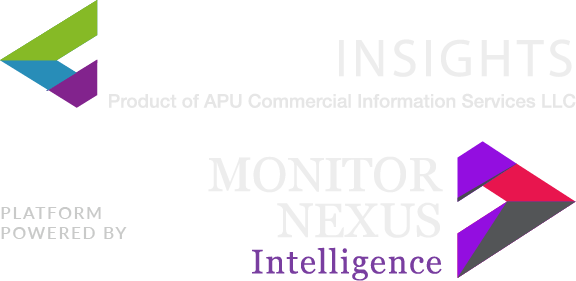


 Industry: Information, Communication, Technology ICT
Industry: Information, Communication, Technology ICT 